What is Pu-erh tea?
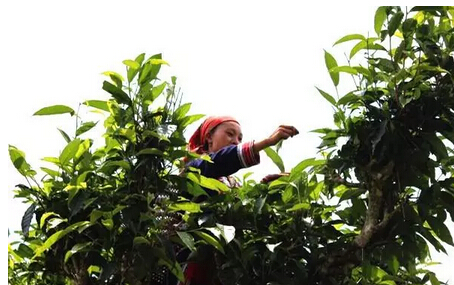
Yunnan large-leaf tea variety
Pu-erh tea broadly refers to tea produced in the Yunnan region. Simply put, it is made from the buds and leaves of the Yunnan large-leaf tea tree. Depending on the processing technique, finished Pu-erh tea can be divided into two main categories: raw Pu-erh (sheng pu) and ripe Pu-erh (shou pu).
What is ripe Pu-erh?
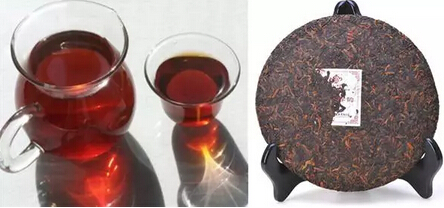
Ripe Pu-erh dry leaves and liquor
The difference between raw and ripe lies in the presence of post-fermentation. Ripe Pu-erh undergoes post-fermentation, resulting in dry leaves that are typically reddish-brown or dark brown. The liquor is also deep in color, appearing dark red or liver-colored. When brewed strongly, it may even look almost black, resembling soy sauce. Of course, high-quality ripe Pu-erh should be deep red and translucent.
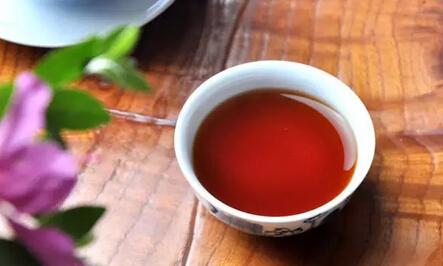
Ripe Pu-erh liquor color
Some people assume that red liquor means it is black tea. However, just like the distinction between raw and ripe Pu-erh, the six major tea categories are classified based on processing techniques. The processing and quality characteristics of ripe Pu-erh fall under the category of dark tea, so ripe Pu-erh is considered a type of dark tea.
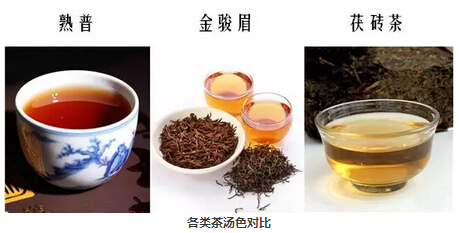
As for liquor color, it cannot be conflated with tea categories. For example, not all black teas have a deep red liquor—some, like Golden Junmei, are orange-yellow or even golden. Similarly, not all dark teas have as deep a color as ripe Pu-erh; some, like Fu brick tea, have a lighter orange-yellow hue.
What is raw Pu-erh?
Raw Pu-erh is more complex to define—it is both green tea and not green tea, dark tea and not dark tea.
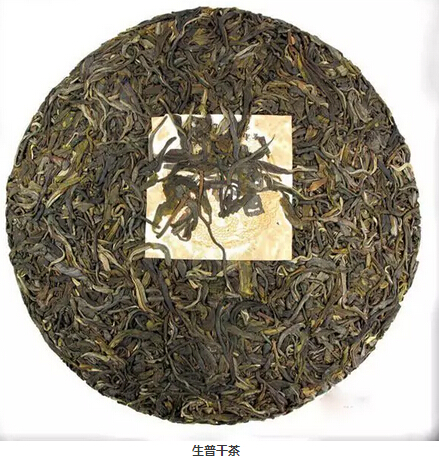
The production process for raw Pu-erh is simple: the fresh leaves of the Yunnan large-leaf tea tree are first made into sun-dried green mao cha, which is then pressed into cakes or tuos. Sun-drying is a green tea processing technique where the leaves are dried in the sun. Thus, raw Pu-erh can initially be classified as a type of green tea.
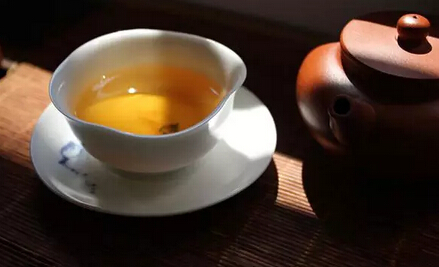
Raw Pu-erh liquor color
So why is raw Pu-erh not exactly green tea? This is due to its unique properties. Generally, green teas made from other tea varieties deteriorate in flavor over time. However, tea trees from Yunnan, because of their variety, geographical environment, and climate, contain exceptionally rich compounds. The raw tea undergoes fascinating changes during storage, often developing more complex and nuanced qualities.
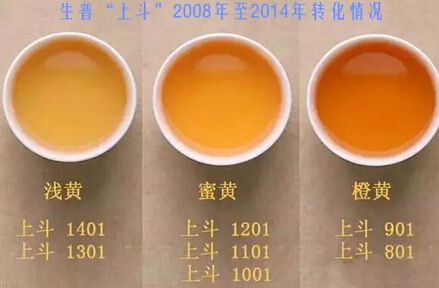
Six-year aging transformation of "Shang Dou"
This process is what we often refer to as aging, somewhat like an automatic post-fermentation for raw Pu-erh. Thus, while newly produced raw Pu-erh is technically green tea, over time it ceases to be green tea as it loses the fresh, vibrant qualities of green tea and instead evolves toward the mellow, smooth characteristics of dark tea. At the same time, it cannot be strictly classified as dark tea because, no matter how aged, its qualities remain distinctly different from ripe Pu-erh.
Pu-erh tea may eventually become the seventh major tea category. In the future, we might no longer need to ask, "What category does Pu-erh tea belong to?" because Pu-erh tea will simply be Pu-erh tea.